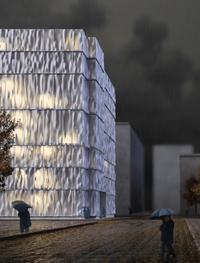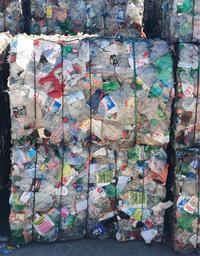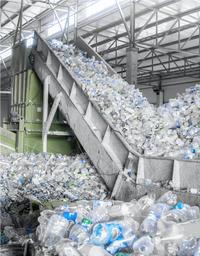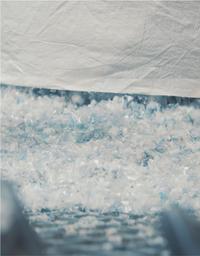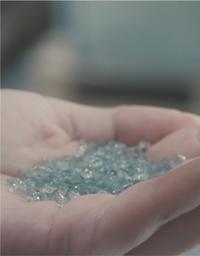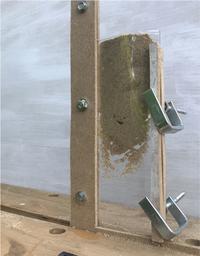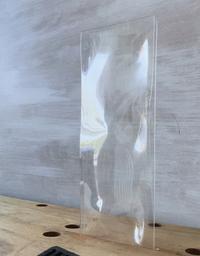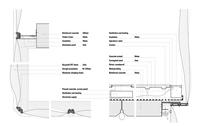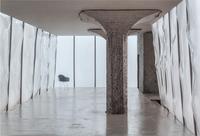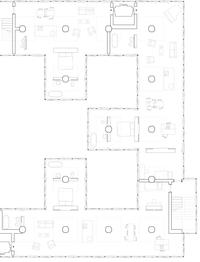Results FS20
Damien Greder
LIVING BEHIND A SHIELD
The former CIBA campus is located downstream from Basel, close to the German and French border. The position relates to the water, as a resource, a mean of transportation and a practical way to throw out wastes. The industry, originally dedicated to silk processing, diversified over time to chemical investigations such as synthetic materials, agrochemicals, vitamins and pharmaceutical products. Designed for trucks, cars and goods rather than for humans, the place assumes strict proximity between the buildings. This closeness is questioning the intimacy experienced by the new dwellings.
Plastic, an oil by-product, can serve as mediator in the re-use of one of the buildings. Instead of being destroyed, the building’s structure can be preserved and protected by another leftover - PET - a readymade waste. In the new neighbourhood, this once dreamed material will remind CIBA’s industrial time. To take advantage of the material’s properties and compensate for its weaknesses, PET will be combined with aerogel. Together they perform qualities of lightweight, protection and translucency. At the building scale, a membrane encloses the inhabitants up to reach deep isolation. An introverted spatiality, flooded by light, that assumes and explores the growing individuality our society is facing.
The following chairs have also contributed to the development of the project: Bautechnologie und Konstruktion, Dozentur Mettler / Studer Kunst und Architekturgesichte, Prof. Philip Ursprung


